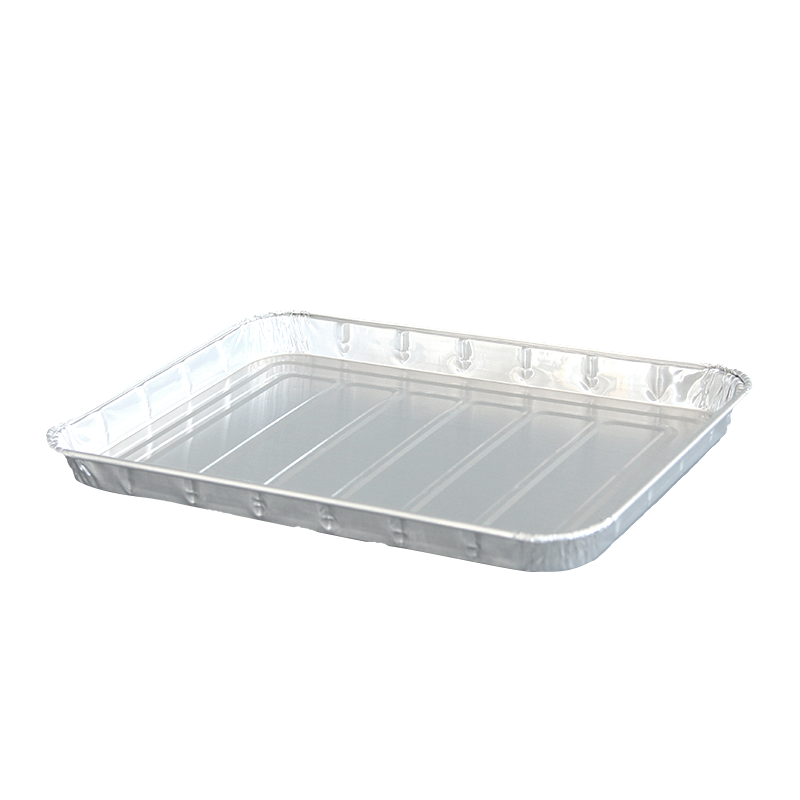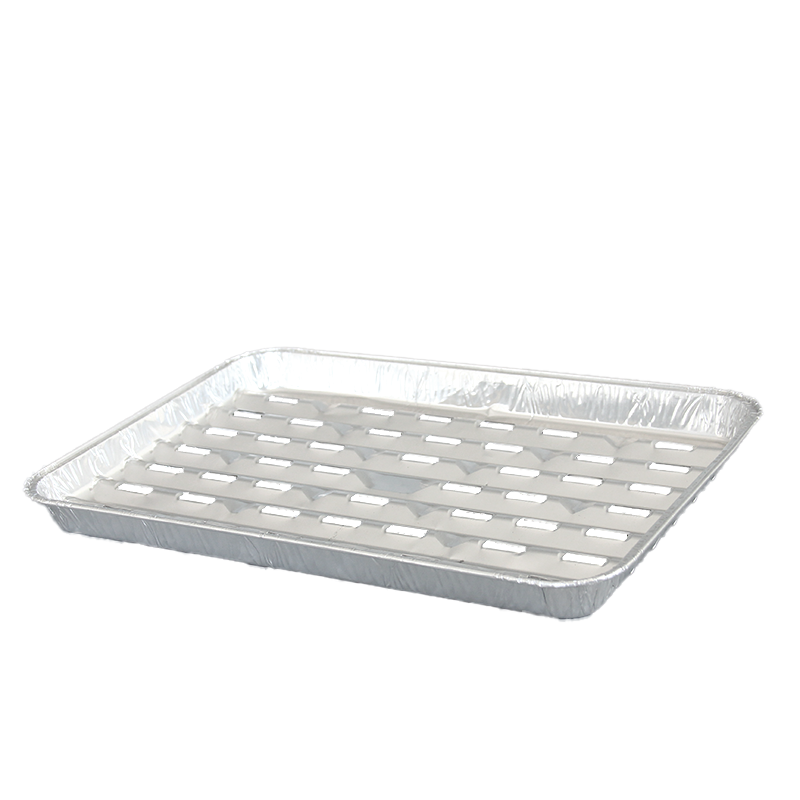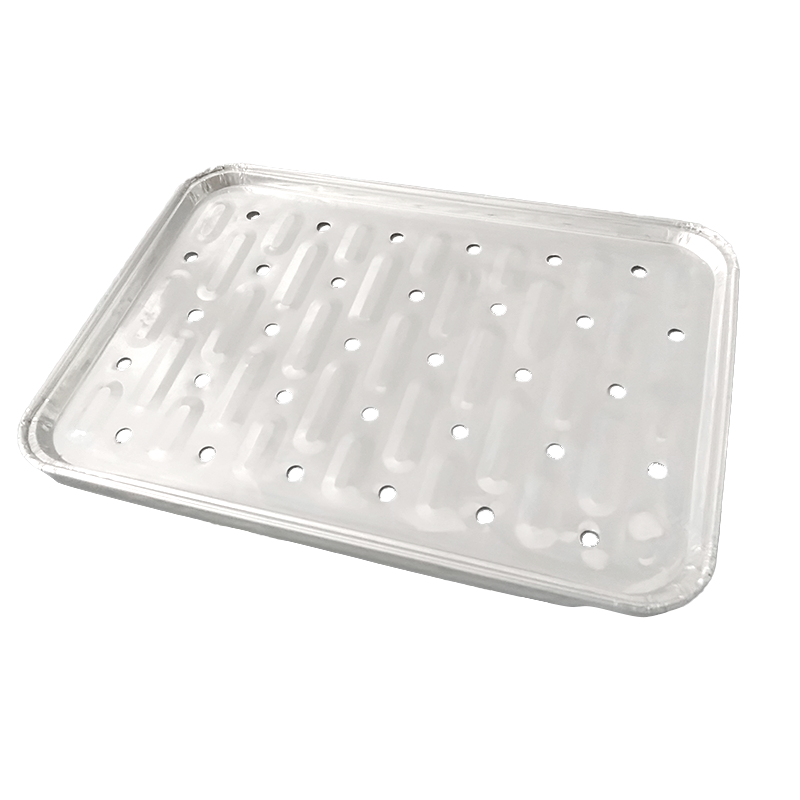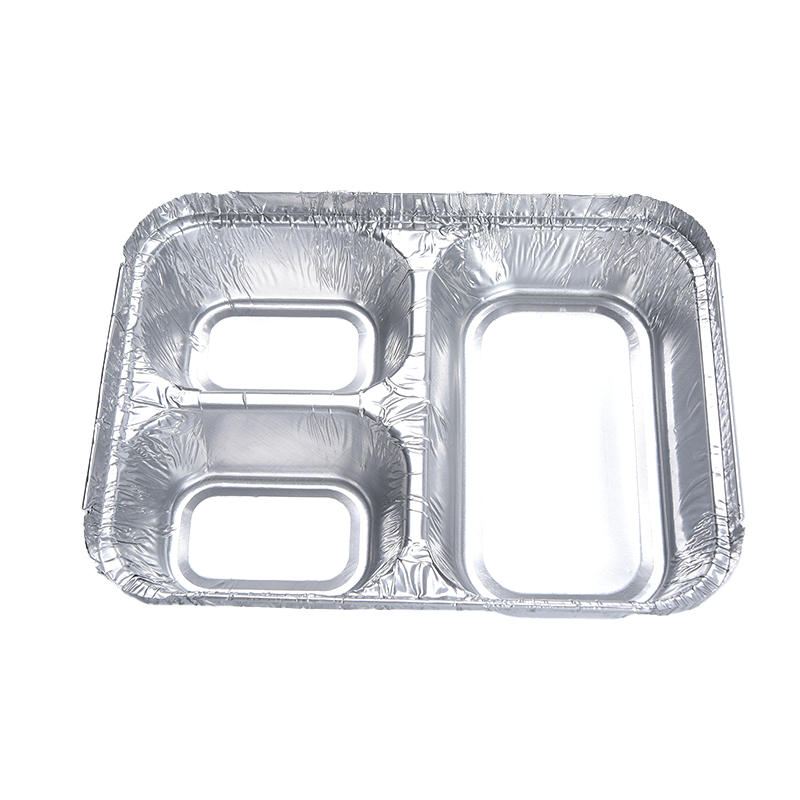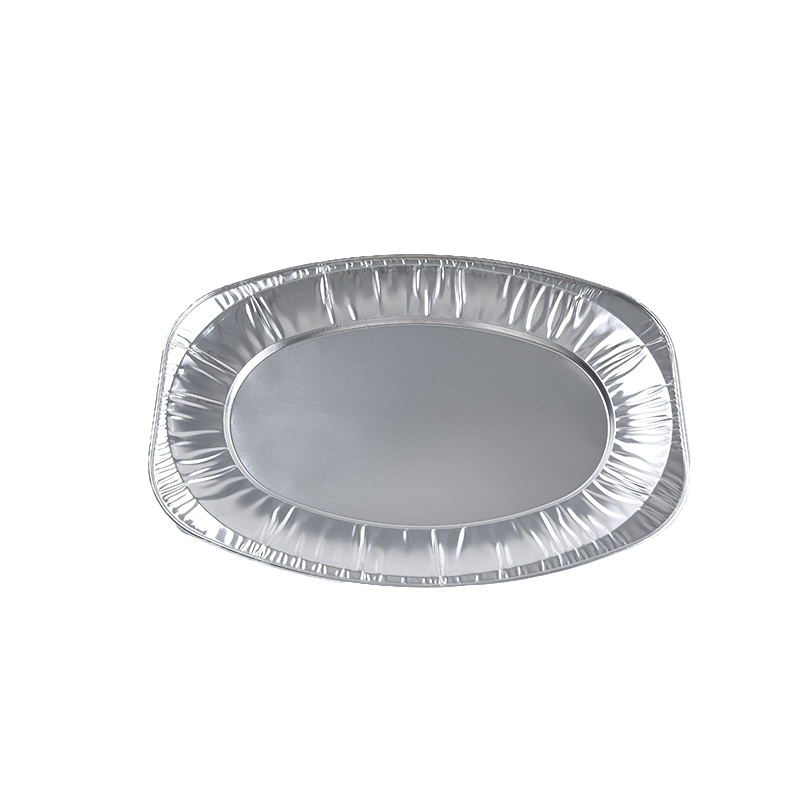What is a Heat Shrink Machine?
Industry News-A heat shrink machine is a device that uses heat-shrink film to wrap products. Heat shrinks the film, tightly wrapping the product to protect, secure, and enhance its appearance. It is widely used in industries such as food, beverages, daily chemicals, electronics, and pharmaceuticals.
1. Working Principle of a Heat Shrink Machine
Packaging Process:
Wrapping: The product is placed in heat-shrink film (such as POF, PVC, or PE film).
Heating: The film is heated using hot air, steam, or infrared radiation to shrink.
Fixing: The film adheres tightly to the product surface, creating a sealed package.
Core Components:
Heating system (heat gun, heating tube, infrared lamp).
Conveyor belt (transporting the product through the heating zone).
Temperature control system (regulating the heating temperature).
2. Common Types and Applications
|
Type |
Features |
Applications |
|
Hot Air Shrink Machine |
Uses hot air for heating, highly versatile |
Food, beverages, and daily necessities (such as mineral water bottles and cosmetic boxes) |
|
Steam Shrink Machine |
Utilizes steam heating, suitable for moisture-resistant products |
Meat, frozen foods, and bottled products |
|
Infrared Shrink Machine |
Precise temperature control, suitable for products requiring high transparency |
Electronic products, gift boxes, and high-end products |
|
Sleeve-type Shrink Machine |
Heats only the ends of the package, saving film |
Long products (such as stationery and batteries) |
|
Fully Automatic Shrink Machine |
Integrates sleeve wrapping, sealing, and shrinking for high efficiency |
Large-scale production lines (such as beverages and instant noodles) |
3. What should I pay attention to when using a heat shrink machine?
- Safety Operating Procedures
High Temperature Hazard:
Heating elements (such as heat guns and infrared lamps) can reach temperatures of 120-300°C. Avoid direct contact during operation.
Do not place hands in the heating zone while the machine is running, especially on fully automatic models.
Electrical Safety:
Ensure the power supply is grounded to prevent electrical leakage.
Unplug the machine when not in use for extended periods to prevent overheating.
Fire Prevention Measures:
Keep away from flammable items (such as cardboard and alcohol).
Regularly clean film debris from the heater to prevent heat buildup and fire.
- Temperature and Speed Control
Temperature too low → Incomplete film shrinkage, resulting in wrinkles.
Temperature too high → Melting, cracking, or the generation of toxic gases (e.g., PVC).
Conveyor Speed:
Excessive speed → Incomplete film shrinkage, resulting in loose packaging.
Excessive speed → Localized overheating, which may cause burns through the film.
- Film Selection and Installation
Film Matching:
The film width should be 10%-20% larger than the product size to ensure complete wrapping.
Thick films (such as PE) are suitable for heavy items, while thin films (POF) are suitable for lightweight and small items.
Proper Film Installation:
Ensure the film roll flows smoothly, without any jamming or deviation.
Adjust the tension to avoid being too tight (which can easily break) or too loose (which can cause uneven shrinkage).





 English
English 日本語
日本語 عربى
عربى Español
Español
